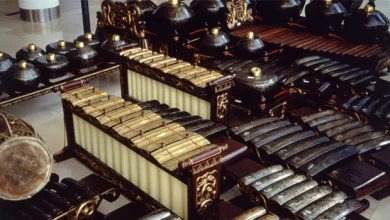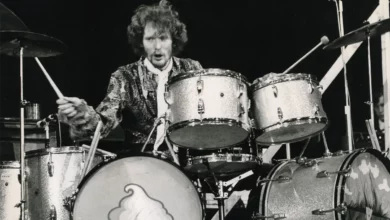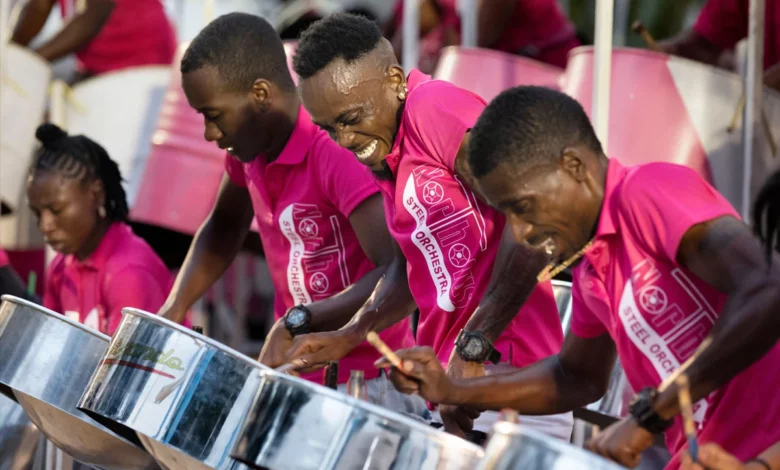
Imagine a Steel Band of over 100 players performing in a stadium for thousand of cheering fans. The band is playing high energy, face-paced calypso and soca music with blazing melodic runs and ultra-syncopated ensemble hits. This is the scene each year during an event called Panorama. This musical competition takes place during Trinidad’s Carnival festival.
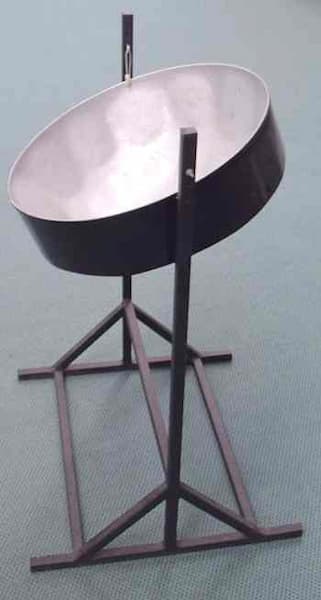
What is Steelpan Used For?
The Steel Bands of Trinidad are comprised of a full range of beautifully crafted and meticulously tuned steel instruments made from recycled oil barrels. The music is technically challenging with complex and sophisticated arrangements. The musicians are highly skilled and the bands play with an incredible amount of rhythmic precision. Steelpan should not be confused with steel tongue drums — these are separate instruments.
So where did this all come from? In this article we will explore the origins of the steel pans, how they are made, how they are played and some of the pioneering musicians who created this incredible art form.
Steel Pan Began with European Colonization
A bit of history Like with many Caribbean islands, Trinidad’s history has been shaped by European colonization and the triangular slave trade. In order to understand the African origins of Steel Pans we should take a moment to understand this era of Caribbean history. The Spanish first colonized Trinidad in the late 1500s and began importing slaves in the late 1700s.
These slaves had been ripped from their communities in the Guinea Coast, Western Sudan and Congo region of Africa to harvest and produce cotton and sugar. When the Spanish offered tax incentives many French plantation owners, and their slaves, came to settle in Trinidad. The French began to celebrate carnival as they did in Europe. In 1797 the British took control of the island, however very few Brits actually settled there. Slaves were emancipated between 1834 and 1838.
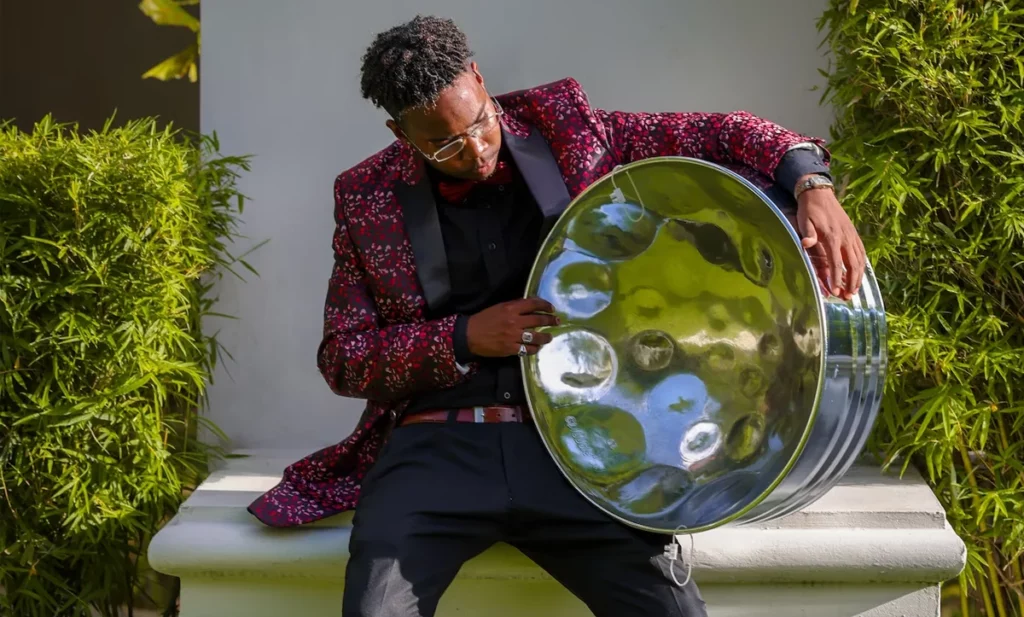
The newly freed Afro-Caribbeans started to participate in carnival bringing with them African musical traditions. Throughout the 1800s carnival became an important event for Afro-Caribbeans to express their cultural identity.
Also, during the 1800s many Afro-Caribbeans came to Port of Spain, Trinidad’s capital city, looking for work and more opportunities. Trinidad could not support this population boom and the east side of Port of Spain became a shanty town stricken with poverty, gangs and lack of opportunity. It is in this poor community where the steel band was born.
During this era the Afro-Caribbeans of Port of Spain played an important role in the annual carnival festival, parading the streets playing all sorts of African-derived music. In an effort to repress this emboldened culture, the British colonial government passed “The Peace Preservation Ordinance” in 1884 effectively outlawing the use of African style skin-head drums.
Because of this law, the Afro-Caribbean musicians created a new type of ensemble comprised of bamboo logs cut to different lengths that were struck on the ground and with a stick. It was called Tamboo Bamboo and it became very popular in the coming years.
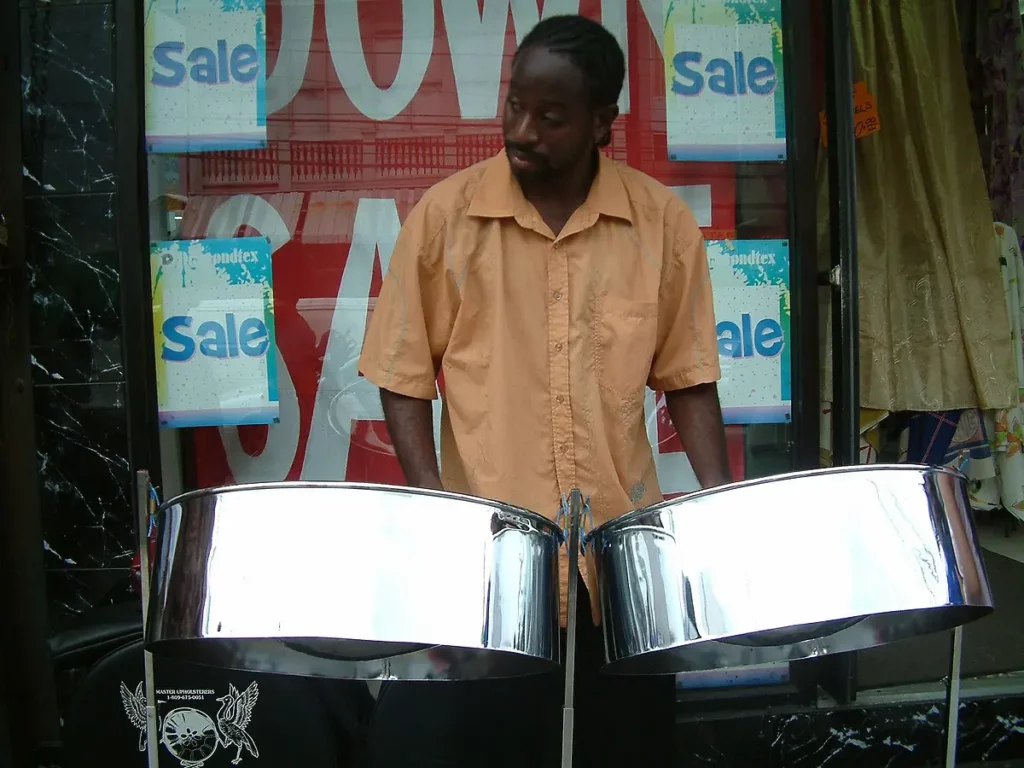
Who Invented the Steel Pan?
During the early 1900s, Tamboo Bamboo bands experimented with using all sorts of objects to use as percussion instruments. In addition to the bamboo, a band might have played a bottle and spoon, biscuit tins, paint cans, trash cans or brake drums.
At some point in this era it was discovered that if you shape the metal of a biscuit tin into separate dents, you start to hear an actual pitch when struck. The musicians of Port of Spain set off experimenting with this idea and in the span of about 30 years had developed a full orchestra of steel instruments.
The World War 2 years saw increased production of oil and the United State had a Navy base on the island of Trinidad. Musicians began using the oil barrels as a much more durable material for their instruments. In the 1940s Steel Bands became popular and were found throughout the neighborhoods of Port of Spain. The instruments and music became increasingly sophisticated driven by an intense rivalry among competing bands.
In 1951, the Trinidad All Steel Percussion Orchestra was created to perform at the Festival of Britain in the UK. This group was made up of all the best players, arrangers and instrument builders from around the island and were responsible for many innovations. In 1963, once Trinidad and Tobago was an independent country free of colonial rule, the newly formed government created an official event to showcase this uniquely Trinidadian art from; Panorama.
In the years that followed Steel Bands flourished and the pan yards became respected community centers. Panorama legitimized pan without diminishing the competitive spirit that has driven the rapid innovation and development. Today pan is a source of national pride in Trinidad and Tobago and performed throughout the world.
Building and Tuning Steel Pan Instruments
The process for creating these instruments is quite involved. The best builders and tuners devote years of their lives learning the craft. Building a steel drum involves sinking the drum into a concave shape in order to create more surface area. This is typically done with a large hammer. Each note is then carefully shaped into a specific size bubble that will support the desired pitch. There are many different patterns of instruments.
Bass instruments typically have only 3 notes on each drums, so one player will play 6 drums in order to have a full chromatic set of notes. Lead instruments will typically have 29 notes in one drum, these are much small and much higher in pitch. There are several standardized voices in the steel orchestra that have emerged over the years, each with their own unique note pattern.
What are the Different Types of Steelpan?
A typical steel band will include the following instruments, ordered from lowest notes range to highest:
- Six Bass
- Tenor Bass
- Quadraphonics
- Triple Cello
- Double Guitar
- Double Seconds
- Double Tenor
- Tenor
How to Play Steel Pan
Playing these instruments and this type of music can be very fun and challenging. Becoming proficient on a steel pan, like with any instrument, requires dedicating yourself to diligent practice. However, it is quite easy to produce a decent sound on these instruments.
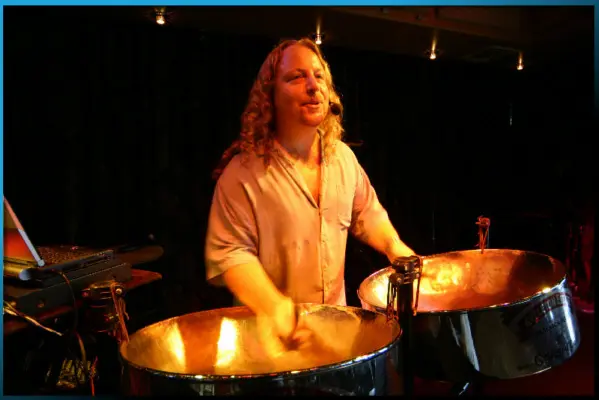
Most notes will speak if they are struck with a stick with a rubber tip using a nice and easy wrist stroke. The difficulty comes when trying to dial in the velocity you’ll need for different size notes. What you’ll quickly find is that the lower notes on an instrument require less velocity and the higher notes need quite a bit of force to speak properly.
Emergence of the Steel Band & Famous Pan Musicians
It takes some time to be able to produce a balanced sound throughout the entire range of your instrument. Innovators The Steel Band emerged from the slums of Port of Spain and developed into what it is today thanks to the efforts of many brilliant musicians dedicating their lives to this art form. Winton ‘Spree’ Simon was a pioneering musician in the early days of pan.
Many credit him with developing the first ‘lead’ pan, so he could perform recognizable tunes. The idea that these could be melodic instruments was revolutionary and many pan builders were experimenting with this idea in the late 1940s. Neville Jules was another musician and pan builder developing the different voices of the steel band during that time.
Perhaps the most important of the early pioneers was Elli Mannette. Not only was he instrumental in creating some of the first pan innovations but he had a long career spanning 7 decades in which he worked tirelessly improving the designs of his instruments and creating new ones.
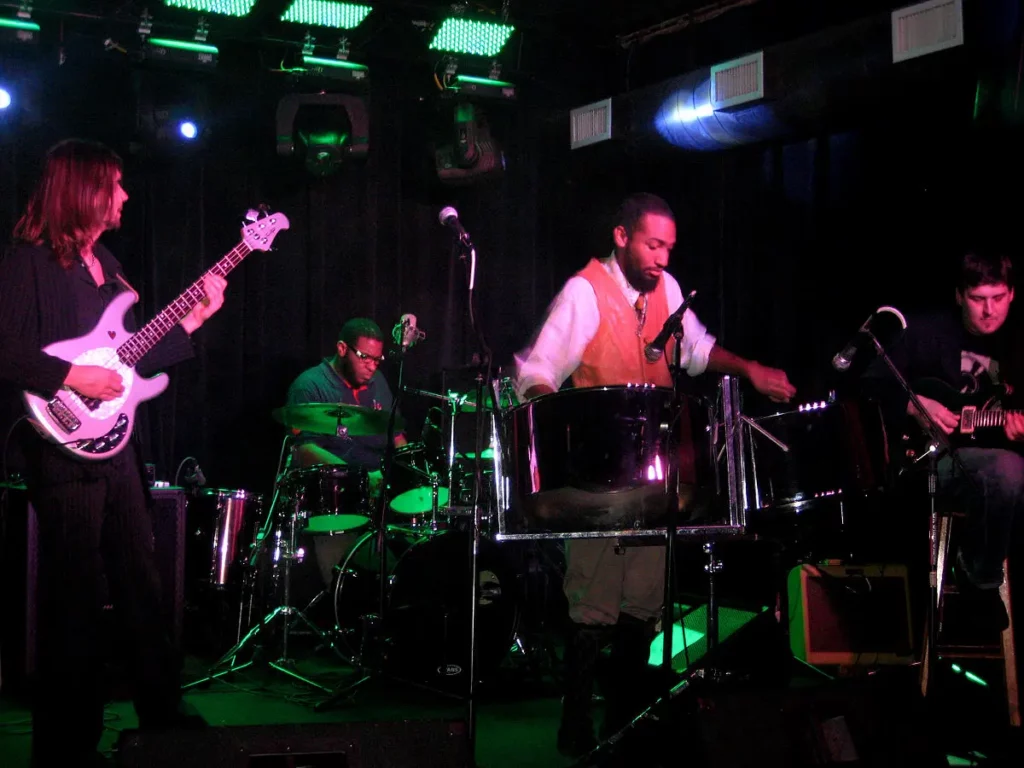
Several of the modern instrument types that you find in the steel band were designed by Elli Mannette. He also innovated the tuning process for steel drums, working to tunes the overtones of each note giving the instruments that bright characteristic sound that we all recognize.
Many will refer to Mannette as the “father of the modern steel drum”. Mannette spent much of his life in the US were he started many bands, built instruments for musicians all over the world and trained a whole generation of pan builders and tuners.
Spiderweb Lead Pan
Another legendary band leader, arranger and instrument builder was Anthony Williams. He developed the “spiderweb” lead pan, the most commonly found modern lead instrument, and also innovated the tuning process. His band the Pan Am North Stars set the bar very high in the 1960s with dynamic and precise performances of a wide range of musical styles.
Jit Samaroo was an arranger for a band called the Renegades for many years. His arrangements and original compositions for Steel Orchestra are treasured for their melodic development and beautiful counterpoint. Boogsie Sharpe and Ray Holman are two other pan legends known for their innovative compositions/arrangements and virtuosic musicianship on the instruments.
Wrapping Up
Throughout the relatively short history of pan there have been countless musicians driving its development. This commitment to constant innovation continues today with the younger generation of pan players, composers, builders and tuners.
The Steel Band movement has taken root across the globe. Today you’ll find bands throughout North America, Europe, Africa and Japan. Throughout its history the Steel Band has had a way of engaging people from all walks of life and building communities.
From the humble beginnings in the poor neighborhoods of Port of Spain, these instruments have become an expression of Trinidadian culture and have grown into a fully formed worldwide musical phenomenon.
